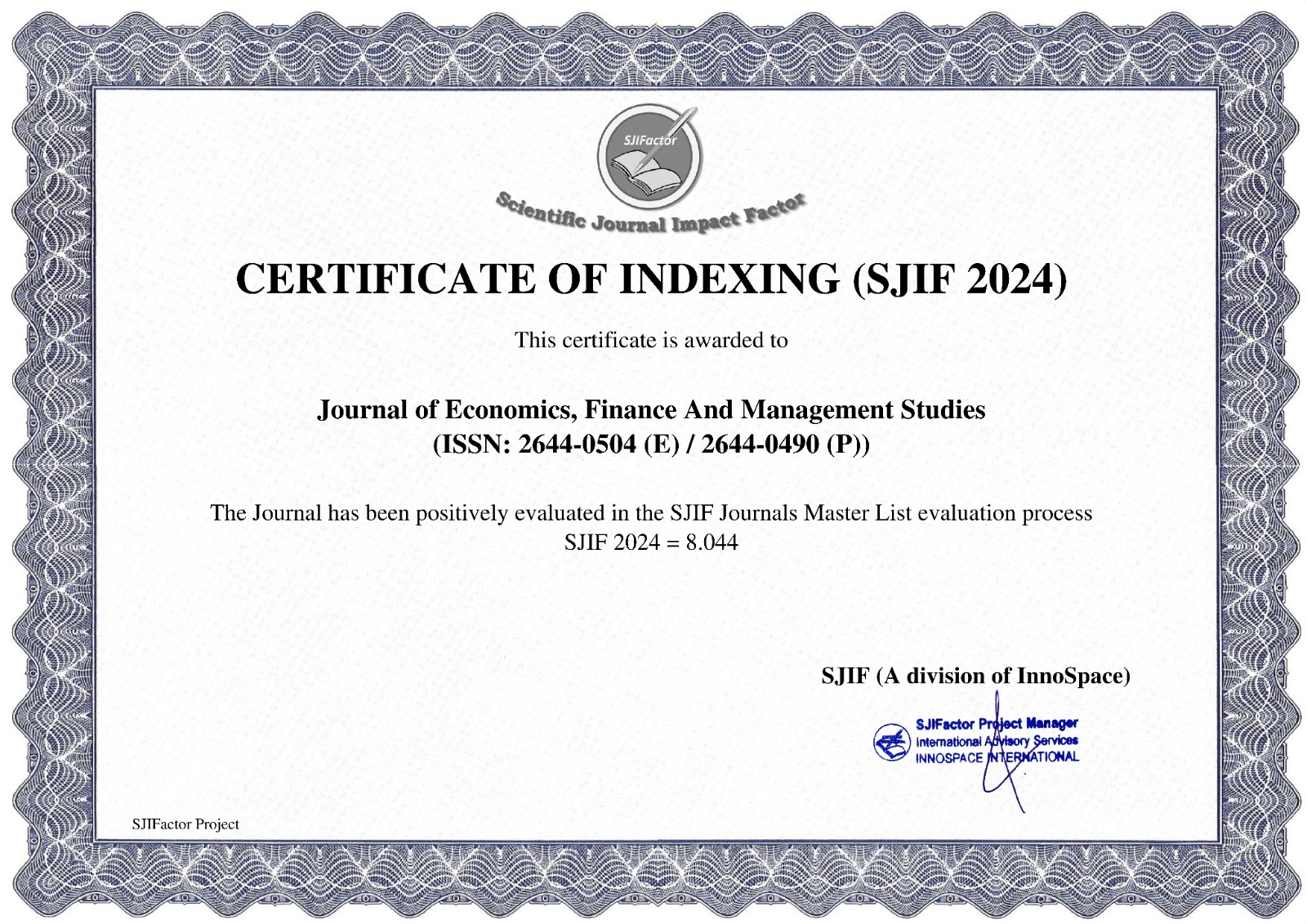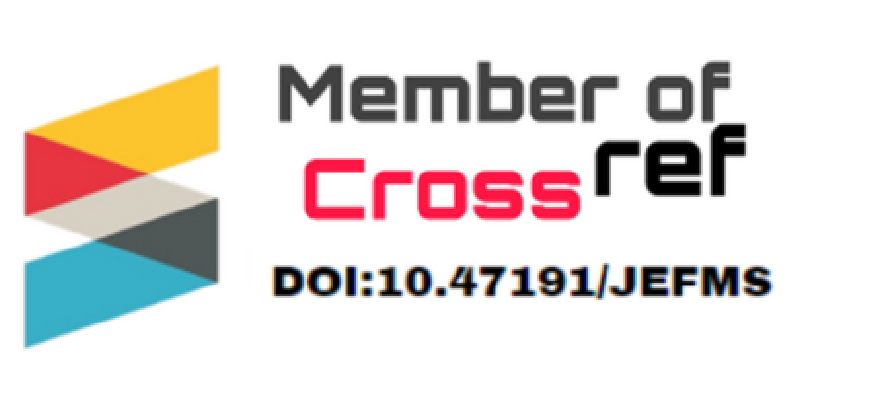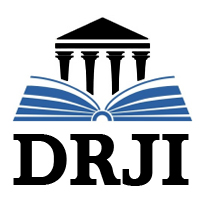Adaptive Strategies of Construction Industry: The Impact of PESTLE Factors on Coteccons in Vietnam
Trinh Duc Trong
Foreige Trade University, Hanoi, Vietnam
https://doi.org/10.47191/jefms/v8-i3-49ABSTRACT:
This study applies the framework—analyzing Political, Economic, Social, Technology, Legal, and Environmental (PESTLE) factors to examine their influence on strategic implementation within the construction sector, focusing on Coteccons Construction Joint Stock Company (Coteccons), a leading Vietnamese contractor. Using a mixed-method approach that combines financial analysis (2010–2024), case study evaluation, and macroeconomic assessment, this research explores how Coteccons has adapted its strategies to navigate external uncertainties. By integrating strategic management theories, this study provides insights into how leading construction firms can enhance strategic resilience. The research contributes to both theoretical discourse and practical implications, offering a framework for construction firms to optimize strategic decision-making in volatile environments.
KEYWORDS:
PESTLE, strategies, construction industry, impact, Coteccons, Vietnam.
REFERENCES:
1) Coteccons. Annual financial report 2018, 2021, 2022, 2023, 2024. Coteccons Construction Joint Stock Company.
2) Vietnam Construction Industry Report. (2023). Vietnam construction sector outlook 2023. Vietnam Construction Association.
3) Vietnam Real Estate Report. (2019). Vietnam property market review 2019. Vietnam Real Estate Association.
4) Vietnam Investment Review. (2022). LEGO’s $1 billion project in Binh Duong. VIR.
5) General Statistics Office of Vietnam. (2021). Vietnam economic outlook 2021. GSO.
6) General Statistics Office of Vietnam. (2024). Urbanization Rate Report.
7) General Statistics Office of Vietnam. (2024). Annual economic and construction industry report. Hanoi: GSO.
8) Vietnam Chamber of Commerce and Industry. (2019). Labor Market Trends in the Construction Industry.
9) Ministry of Construction (2019). BIM Adoption Roadmap in Vietnam: Challenges and Opportunities. Hanoi, Vietnam.
10) Ministry of Construction of Vietnam. (2024). Vietnam’s infrastructure and regulatory developments: Policy trends and strategic outlook. Hanoi: MOC.
11) Nguyen, V. T., Nguyen, Q. T., Vu, V. P., & Durdyev, S. (2021). Impact of BIM-related Factors Affecting Construction Project Performance. International Journal of Building Pathology and Adaptation. DOI:10.1108/IJBPA-05-2021-0068. Ara Institute of Canterbury.
12) Eastman, C., Teicholz, P., Sacks, R., & Liston, K. (2011). BIM Handbook: A Guide to Building Information Modeling for Owners, Managers, Designers, Engineers, and Contractors. John Wiley & Sons.
13) Mintzberg, H., Ahlstrand, B. W., & Lampel, J. (2005). Strategy safari: A guided tour through the wilds of strategic management. Free Press.
14) Porter, M. E. (1980). Competitive strategy: Techniques for analyzing industries and competitors. Free Press.
15) Teece, D. J., Pisano, G., & Shuen, A. (1997). Dynamic capabilities and strategic management. Strategic Management Journal, 18(7), 509-533.
16) Yin, R. K. (2014). Case study research: Design and methods (5th ed.). Sage publications.
17) Johnson, G., Scholes, K., & Whittington, R. (2008). Exploring Corporate Strategy: Text and Cases (8th ed.). Pearson Education.
18) Aguilar, F. J. (1967). Scanning the Business Environment. Macmillan.
19) Barney, J. B. (1991). Firm resources and sustained competitive advantage. Journal of Management, 17(1), 99-120.
20) Grant, R. M. (2016). Contemporary strategy analysis: Text and cases edition (9th ed.). Wiley.
















